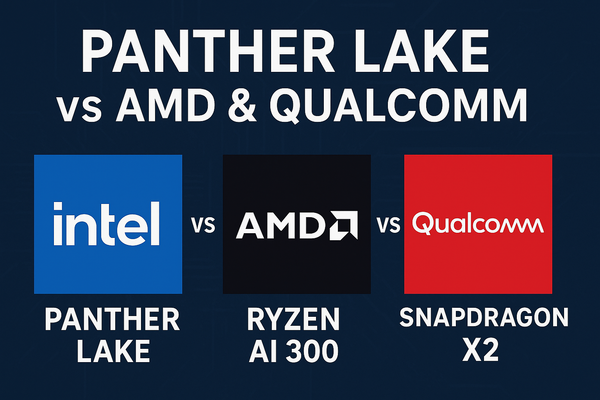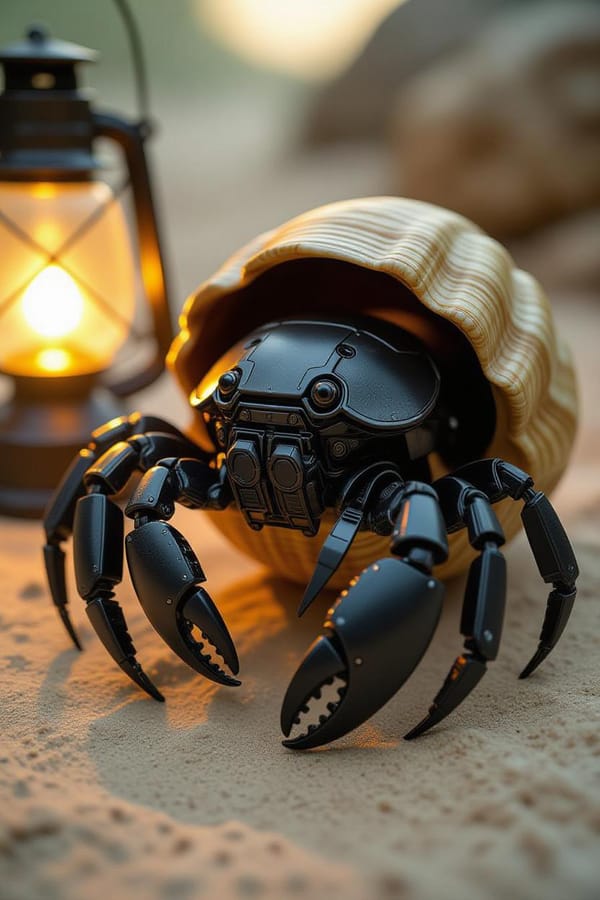Xiaomi 13T vs Google Pixel 8a: An Engineer’s Take

As someone who spends way too much time poking around circuit boards, tweaking firmware, and overanalyzing spec sheets, I can’t help but look at phones through an engineering lens. Recently I’ve been testing out two mid-range contenders that punch above their weight: the Xiaomi 13T and the Google Pixel 8a. On paper, both are great deals. In practice, they take very different approaches to what a smartphone should be.
Display: Big and Flashy vs Compact and Practical
The Xiaomi 13T is unapologetically large — a 6.67″ AMOLED with a 144 Hz refresh rate, Dolby Vision, and crazy peak brightness around 2,600 nits. Outdoors in California sun? It still blasts through. As an engineer, I can’t help but smile at that overkill.
The Pixel 8a, meanwhile, keeps it simple: a 6.1″ OLED at 120 Hz. It’s not dim by any means (around 2,000 nits peak), but it’s not trying to impress you with sheer numbers. What it does give is comfort. One-handed typing, pocket-friendly size, and a slightly more practical feel.
If you binge HDR Netflix on your commute, Xiaomi is your friend. If you like compact, Pixel nails it.
Under the Hood: Dimensity Muscle vs Tensor Brains
Xiaomi packed the Dimensity 8200 Ultra inside the 13T. Benchmarks tell you it’s a performance beast, and in gaming, it really is. GPU-intensive tasks run smoother, and thermal management is surprisingly solid.
Google’s Tensor G3 in the Pixel 8a doesn’t always win synthetic tests, but that’s not the point. It’s optimized for AI workloads: real-time photo processing, speech recognition, and on-device AI features. As an engineer, I respect that design choice — it’s not brute force, it’s purpose-built silicon.
So, if you’re into raw horsepower and gaming, Xiaomi has the edge. If you want smarter software integrations, Pixel shows its muscles in less obvious ways.
Cameras: Hardware Versatility vs Software Wizardry
This one’s fun.
- Xiaomi 13T gives you three lenses: 50 MP main, 50 MP telephoto (2× zoom), and 12 MP ultrawide. Leica branding is splashed all over it, and the telephoto lens is a huge plus for portraits and zoom shots.
- Pixel 8a only has two lenses: 64 MP main and 13 MP ultrawide. But here’s the kicker — Google’s computational photography is still unmatched. Night shots, HDR, skin tones — the Pixel often delivers results that make the Xiaomi feel like it’s flexing hardware without the same polish.
From a systems perspective: Xiaomi offers flexibility in inputs (more sensors), Pixel maximizes processing output (better software). Different philosophies, equally valid.
Battery and Charging: Speed Demon vs Slow and Steady
This one isn’t close.
- Xiaomi 13T: 5,000 mAh with 67 W charging. I’ve gone from nearly empty to full in under 45 minutes. That’s engineering efficiency I can appreciate.
- Pixel 8a: ~4,500 mAh with 18 W wired and 7.5 W wireless. It’s slower than I’d like in 2025.
That said, the Pixel lasts a solid day thanks to software optimization. But when I forget to charge overnight, the Xiaomi bails me out.
Software and Longevity: Heavy Skin vs Pure Android
- Xiaomi ships with HyperOS (think: MIUI with some tweaks). It’s feature-packed, but a bit noisy. Updates are decent but not legendary.
- Google ships the cleanest Android you can get, plus 7 years of OS and security updates. That’s absurdly good for longevity.
As an engineer, I can’t ignore lifecycle support. Hardware ages, but software maintenance defines usability. On this front, Pixel is the safer bet.
Which One Would I Pick?
If I were recommending to a power user who loves gaming, streaming, and tinkering — I’d say go Xiaomi 13T. It’s a hardware playground: bright screen, fast charging, versatile cameras, and strong performance.
If I were recommending to someone who wants a reliable, long-lasting, and polished experience with minimal fuss — Pixel 8a wins. Smaller, smarter, cleaner, and it’ll keep getting updates long after the Xiaomi starts to feel old.
As an engineer, I admire both approaches. Xiaomi throws hardware at the problem; Google refines software around its silicon. Honestly? I’d daily-drive the Pixel for work — but keep the Xiaomi around as my “weekend powerhouse.”




